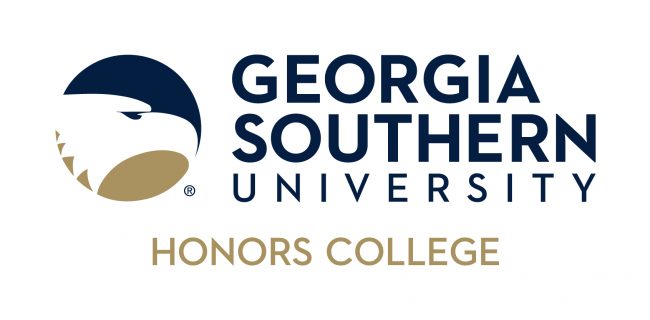Comparison of Various Autonomous Vehicle Self-Navigation Paradigms
Location
Presentation- Allen E. Paulson College of Engineering and Computing
Document Type and Release Option
Thesis Presentation (Archived)
Faculty Mentor
Rami Haddad
Faculty Mentor Email
rhaddad@georgiasouthern.edu
Presentation Year
2021
Start Date
26-4-2021 12:00 AM
End Date
30-4-2021 12:00 AM
Keywords
Artificial intelligence, vehicle, Residual Neural Network (RNN)
Description
This project aimed to compare the performance of multiple different artificial intelligence training methods using their performance controlling a vehicle on a testing track. Some of the methods used in this project were a Dense Convolutional Network (DCN), Residual Neural Network (RNN). Using each of these methods, the vehicle was trained to be able to go around the track successfully, though each model had different levels of error and time to go around the track. Based on the results of speed vs errors made, the best model can be determined based on both accuracy, speed, and training time.
Academic Unit
Allen E. Paulson College of Engineering and Computing
Comparison of Various Autonomous Vehicle Self-Navigation Paradigms
Presentation- Allen E. Paulson College of Engineering and Computing
This project aimed to compare the performance of multiple different artificial intelligence training methods using their performance controlling a vehicle on a testing track. Some of the methods used in this project were a Dense Convolutional Network (DCN), Residual Neural Network (RNN). Using each of these methods, the vehicle was trained to be able to go around the track successfully, though each model had different levels of error and time to go around the track. Based on the results of speed vs errors made, the best model can be determined based on both accuracy, speed, and training time.



Comments
This work is archived and distributed under the repository's standard copyright and reuse license, available here. Under this license, end-users may copy, store, and distribute this work without restriction. For questions related to additional reuse of this work, please contact the copyright owner.